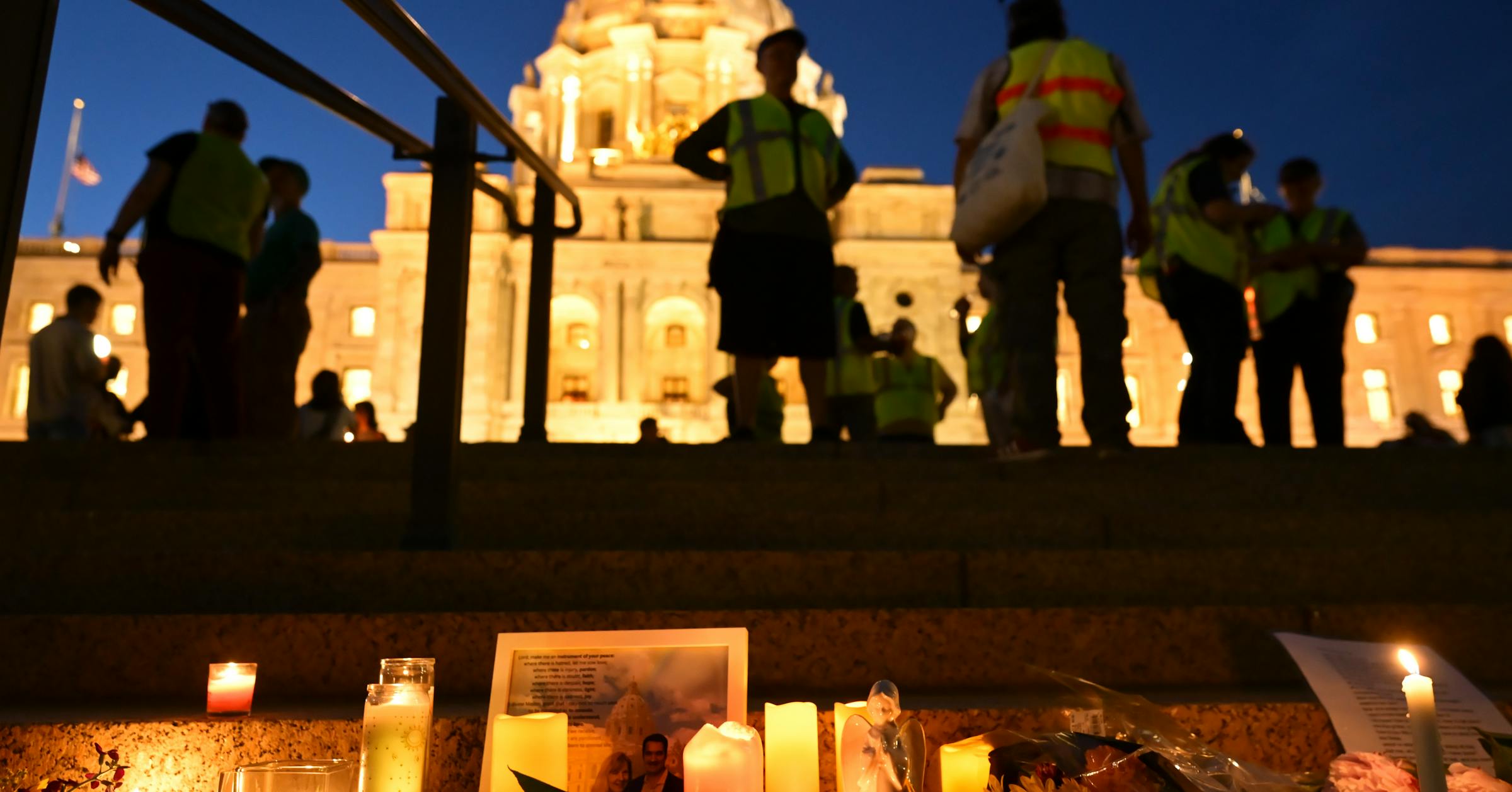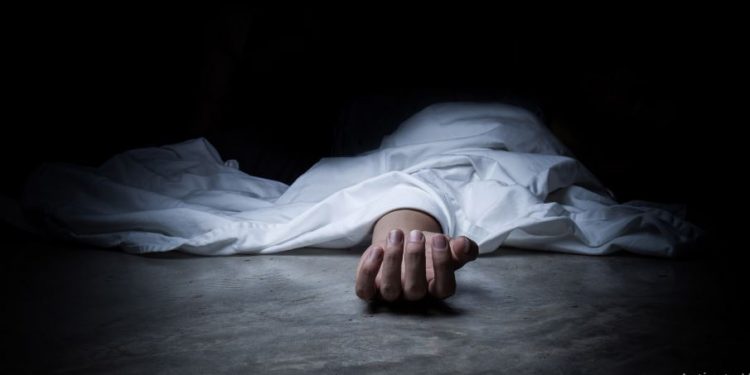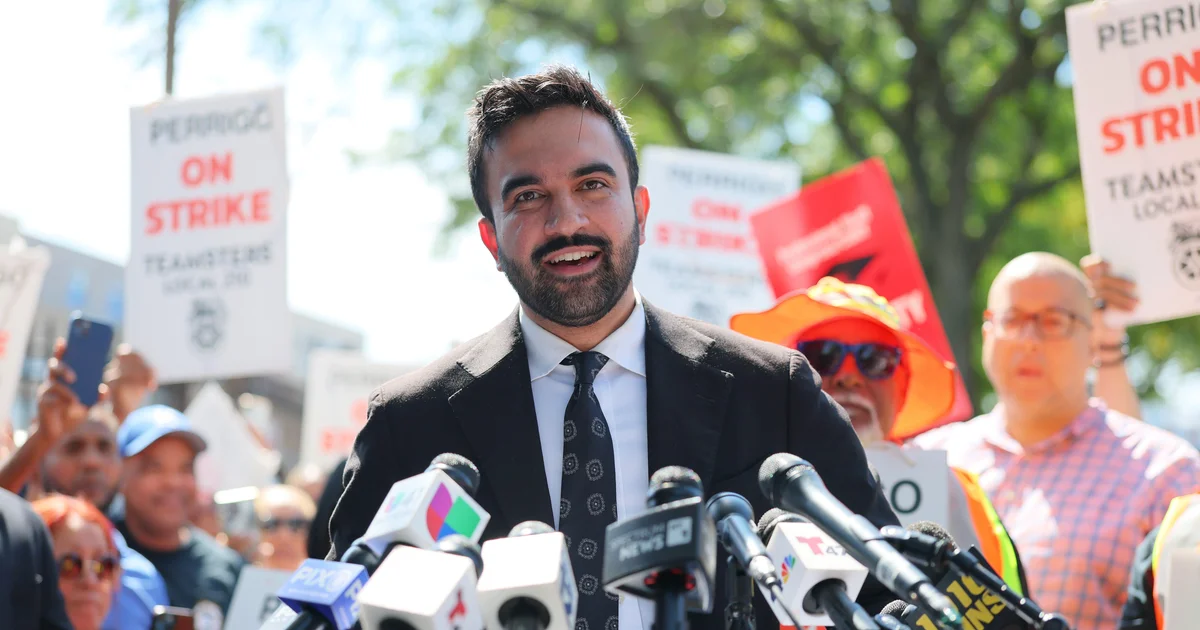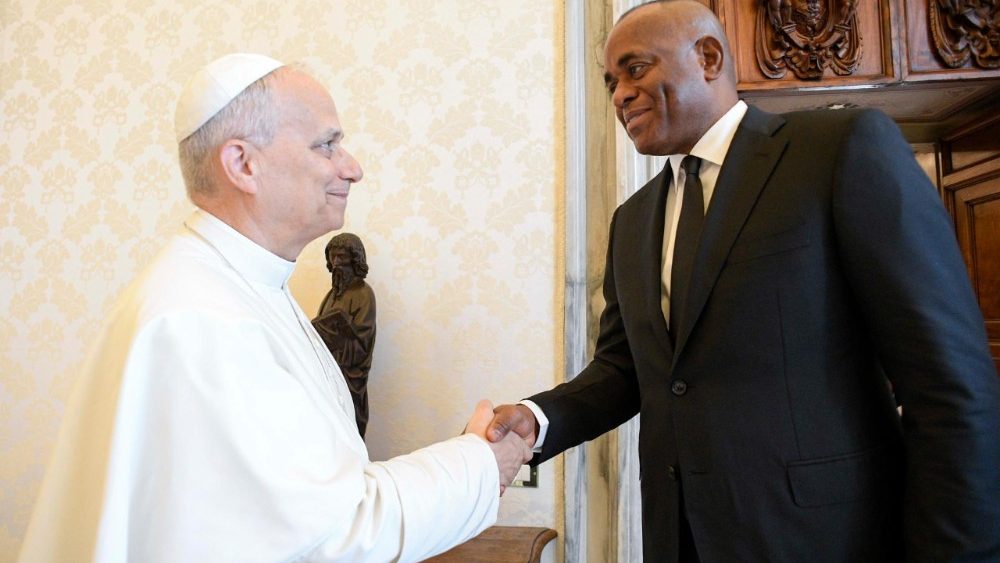
From the left: There is no place for political violence in America. Nobody — regardless of party — should be shot because of their political opinions (although it’s worse when one of “them” shoots one of “us”).
From the right: There is no place for political violence in America. Nobody — regardless of party — should be shot because of their political opinions (although it’s worse when one of “them” shoots one of “us”).
A writer in the Sept. 15 Reader’s Write section cites “a rising tide of radical left-wing violence” as behind the shootings in this country. Have we forgotten already who former House Speaker Melissa Hortman’s alleged assassin was? He certainly did not identify with “radical left-wing” ideas. Nevertheless, I take the writer’s point that throwing labels at political figures from any end of the spectrum is indeed a disservice to what we all (hopefully) stand for. Calling someone “fascist” is labeling them, just as much as calling someone a “radical left-wing socialist” is. There are plenty of other labels out there that apply to both sides.
Let’s call this for what it is — labeling. Labeling is dehumanizing, and when we dehumanize, it becomes easier to think of committing violence as some kind of solution, which is wrong. So let’s quit the labeling — both sides. Let’s address one another not as labels, but as fellow human beings with a shared purpose. In such an environment, all ideas and all people of different backgrounds should be welcome. To solve the problems we collectively face, as complex as they are, requires such diversity. This has been one of America’s fundamental strengths. “E pluribus unum” — out of many, one.
Both of these things can be true at the same time. We can feel sorrow at the death of another human being while also highlighting the toxic influence he had on our political discourse.
I see Utah Gov. Spencer Cox has promised an investigation into how Kirk’s assassin was radicalized. I’m not sure that is the end game that should be pursued. We all know the answer will be some version of “the internet/social media.” We all know people that have been “radicalized” in this manner. That answer might be interesting to curb our curiosity as to which podcaster or dark web bulletin board the assassin was clued into, but what good does that do us other than feed our political divides?
The question that should be answered is: What was the tipping point that drove this radicalized person to act out in such a violent manner? Understanding how that occurred might allow for real actions that will prevent future violence.
A few weeks ago, Hennepin Healthcare treated 10 patients after a school shooting. The medical response is a success story, but hospitals that treat victims of gun violence are in danger. Hennepin Healthcare is a safety-net hospital. Like others that cared for victims in Aurora, Colo.; Las Vegas; Uvalde, Texas; and Parkland, Fla.; it survives largely on Medicaid dollars.
Safety-net hospitals treat anyone who comes through their doors, regardless of insurance status. Because most of their patients are uninsured or underinsured, they rely heavily on federal and state Medicaid funding. When those funds are threatened, so are the trauma centers that stand ready for the next mass shooting.
If the public truly wants to help, it must do more than offer thoughts and prayers. It must accept that trauma care is worth public investment, and demand leaders who will preserve Medicaid funding so that safety-net hospitals like ours can continue saving lives.
Two cases that most of us are aware of are Gideon v. Wainwright, which established the right of an accused to legal counsel, and Miranda v. Arizona, which established the often-heard Miranda warning. Clarence Earl Gideon was an impoverished American drifter with an eighth-grade education and a history of nonviolent crimes. Ernesto Arturo Miranda was a 22-year-old laborer from Arizona with limited education and a history of criminal activity. They were accorded their rights and made history.
The ruling is described as “groundbreaking,” but in fact the ruling was quite narrow. Although constitutional equal-protection arguments had been made, the court did not address them, finding that the statute’s proscription of “lewd” behavior only applies to conduct of a sexual nature. In other words, public toplessness alone isn’t criminal under the existing statute. The Legislature could amend the statute when it next meets, which would render the court ruling a nullity. If the court had agreed with the equal-protection arguments, such a ruling might have fairly been described as groundbreaking, but the court made no such ruling.
As for the American Civil Liberties Union and Gender Justice, the article acknowledges that they did not represent the defendant but implies that they nonetheless breached some duty to her. Her counsel was the appellate public defender. It appears from the court record that the ACLU and Gender Justice became involved only once the Court of Appeals had affirmed the conviction, asking the Supreme Court for leave to participate in the further appeal as amici curiae (friends of the court). The court gave them leave to file briefs in support of the defendant’s appeal, and they did so, making constitutional and public policy arguments, but the defendant’s only lawyer remained the appellate public defender. In preparing and filing such briefs, there would ordinarily be no reason to interact with the defendant herself, as opposed to possibly interacting with her counsel.
Plancarte appears to have led a very difficult life, which the article amply illustrates, and her “win” at the Supreme Court may have done little to make her life better, but the criticisms of the ACLU and Gender Justice are nonetheless unwarranted.



